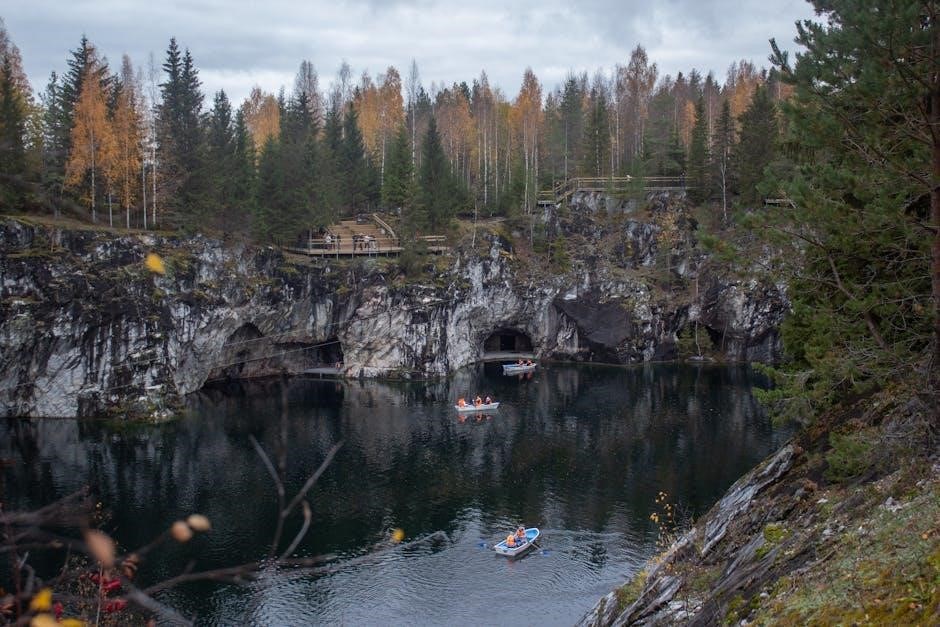Kayaking to Burgess Falls offers a unique blend of natural beauty and adventure․ While guided tours are available, many enthusiasts choose to explore independently, emphasizing careful planning and precautions to ensure a safe and enjoyable experience․
Overview of Burgess Falls
Burgess Falls is a stunning natural area located on the Falling Water River, once used for hydroelectric power from 1928 to 1944․ The falls were part of a historic site owned by the Burgess family․ Today, it is a designated natural area, offering breathtaking scenery with cascading water and lush surroundings․ The river flows gently into the main falls, creating a picturesque landscape perfect for outdoor enthusiasts․ The area is rich in history and natural beauty, making it a popular destination for kayakers seeking adventure and tranquility in nature․
Importance of Planning for a Kayaking Trip
Planning is essential for a safe and enjoyable kayaking trip to Burgess Falls․ Understanding the route, water conditions, and potential risks like fast-moving water ensures preparedness․ A lake map and GPS are vital for navigation, while knowing the 4-mile round-trip distance helps assess physical demands․ Proper planning allows kayakers to anticipate challenges and make informed decisions, ensuring a smooth and rewarding journey to the falls without unexpected obstacles․
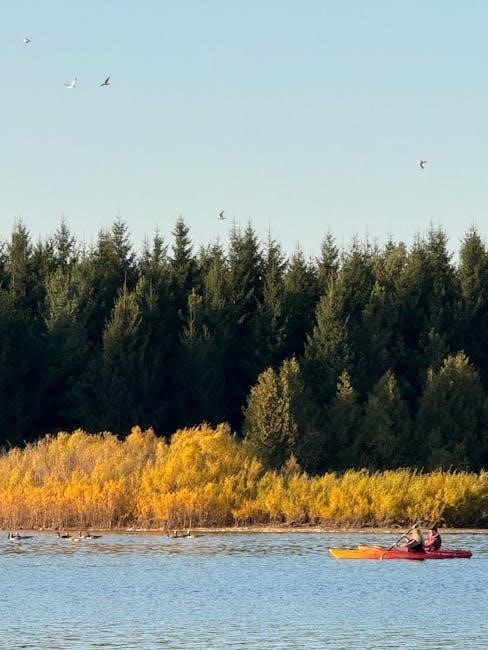
Safety Considerations for Kayaking Without a Guide
Kayaking to Burgess Falls without a guide requires knowledge of water conditions and potential risks like fast-moving water․ Ensure you have the necessary skills and experience for a safe trip․
Risks Associated with Fast Water
Kayaking to Burgess Falls without a guide involves navigating fast-moving water, which poses significant risks․ The strong currents and rapids near the falls can be dangerous, especially for inexperienced paddlers․ Fast water increases the likelihood of losing control of the kayak or colliding with rocks․ It’s crucial to assess your skill level and understand the water conditions before attempting the trip․ Wear a properly fitting life jacket and stay alert to changing water flows․ Navigating fast water requires precision and quick decision-making to avoid accidents and ensure a safe journey to the falls․
Importance of Experience and Skill Level
Kayaking to Burgess Falls without a guide demands a high level of experience and skill․ Navigating fast-moving water and avoiding obstacles requires strong paddling abilities and situational awareness․ Inexperienced kayakers may struggle with the currents and tight spaces near the falls, increasing the risk of accidents․ Assess your skill level honestly before attempting the trip․ If you’re unsure, consider gaining more experience or joining a guided tour․ Proper training and familiarity with whitewater conditions are essential for a safe and enjoyable journey to Burgess Falls․
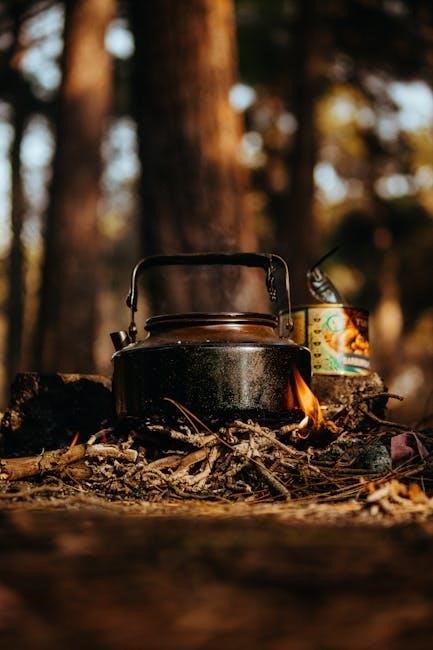
Navigating to Burgess Falls Without a Guide
Navigating to Burgess Falls without a guide is feasible with a lake map and GPS․ The 4-mile round trip on flat water takes about 45 minutes to an hour, making it an excellent out-and-back adventure․
Using a Lake Map for Navigation
A lake map is essential for navigating to Burgess Falls without a guide․ It helps identify the correct route, landmarks, and potential hazards along the 4-mile round trip․ The map provides detailed information about the layout of Center Hill Lake, ensuring paddlers stay on course․ By following the map, kayakers can efficiently reach the falls, avoiding unnecessary detours․ This tool is crucial for a smooth and enjoyable journey, especially for those unfamiliar with the area․ Proper planning with a map ensures a safe and stress-free adventure․
Role of GPS in Reaching the Falls
GPS plays a crucial role in navigating to Burgess Falls, especially without a guide․ It helps pinpoint the falls’ location and track progress along the 4-mile round-trip journey․ By providing real-time data, GPS ensures paddlers stay on course and avoid getting lost․ While traditional maps are still valuable, GPS offers additional reassurance and accuracy; This tool is particularly helpful for those unfamiliar with the area, making the adventure more efficient and stress-free․ Combining GPS with a lake map enhances safety and ensures a successful trip to the falls․
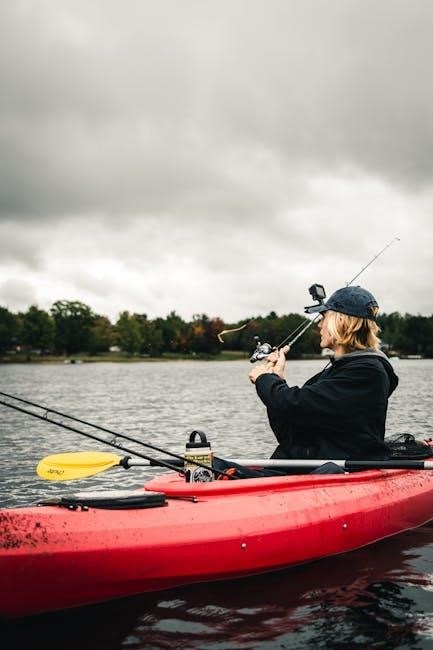
Access Points and Launching Locations
Cane Hollow Recreation Area and Center Hill Lake serve as primary access points for kayaking to Burgess Falls․ Both offer convenient launch locations for an unforgettable adventure․
Cane Hollow Recreation Area as a Launch Point
Cane Hollow Recreation Area is a popular and convenient launch point for kayaking to Burgess Falls․ Located on Center Hill Lake, it provides easy access to the water, allowing paddlers to begin their 4-mile round-trip journey․ The area is well-suited for both experienced kayakers and those exploring independently․ Visitors can bring their own kayaks or rent equipment, making it a flexible option․ The flat water and scenic views from Cane Hollow make it an ideal starting point for this memorable adventure to Burgess Falls․
Center Hill Lake as an Alternative Access Point
Center Hill Lake serves as a convenient alternative access point for kayaking to Burgess Falls․ Located near the Cane Hollow Recreation Area, it offers a serene starting point for your journey․ The lake’s calm waters make it ideal for paddlers of all experience levels․ From here, you can easily navigate the 4-mile round-trip route to the falls․ Bringing your own kayak is recommended, though rentals are available nearby․ This access point provides a peaceful and scenic beginning to your adventure, ensuring a memorable experience on the water․
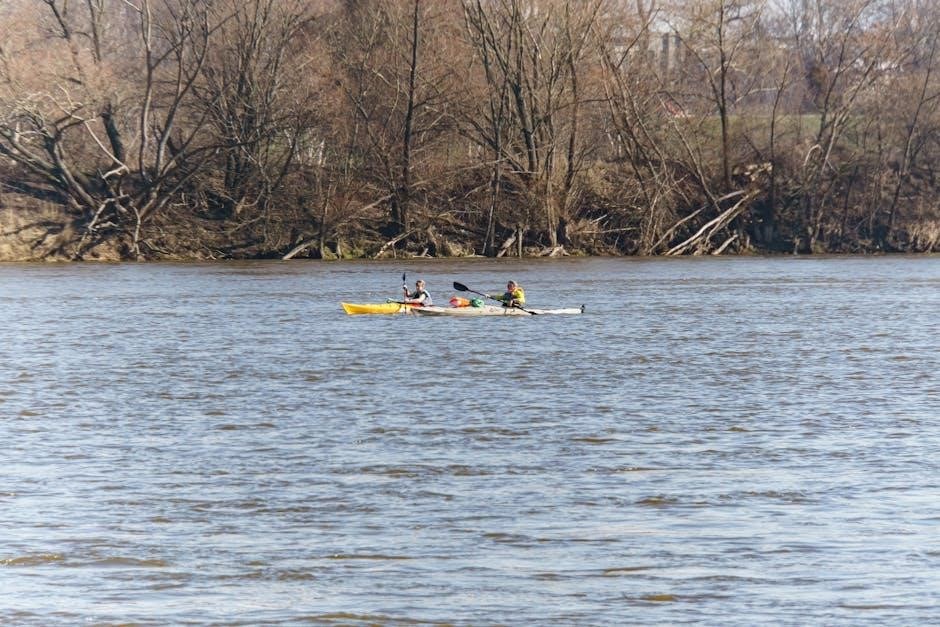
Kayak Rental Options
Kayakers can rent equipment through Canoe the Caney or bring their own kayak to Cane Hollow Boat Ramp on Center Hill Lake for convenience․
Canoe the Caney as a Rental Service
Canoe the Caney offers a convenient kayak rental service, allowing paddlers to explore Burgess Falls without a guide․ Reservations can be made in advance, ensuring equipment availability․ This service provides high-quality kayaks, paddles, and necessary gear, making it an excellent option for those without their own equipment․ The rental process is straightforward, and staff often assist with logistics, such as delivering kayaks to the launch point․ This option is ideal for visitors seeking a hassle-free experience while enjoying the scenic beauty of Burgess Falls and surrounding waters․
Bringing Your Own Kayak to Cane Hollow Boat Ramp
Bringing your own kayak to Cane Hollow Boat Ramp offers flexibility and convenience for exploring Burgess Falls․ Located on Center Hill Lake, this access point provides a scenic launch area․ The paddle to Burgess Falls is approximately 4 miles round trip, with flat water making the journey enjoyable․ This option is ideal for experienced kayakers who prefer independence․ The trip typically takes about 45 minutes to an hour each way, depending on paddling pace․ It’s a great way to immerse yourself in the natural beauty of the area at your own rhythm․

Physical Demands of the Trip
The 4-mile round-trip paddle to Burgess Falls requires moderate physical effort․ The flat water makes the journey manageable, but consistent paddling is needed to cover the distance efficiently․
Distance and Duration of the Paddle
The round-trip distance to Burgess Falls is approximately 4 miles, with 2 miles each way․ The paddle typically takes 45 minutes to an hour, depending on your pace and how much time you spend floating․ The flat water makes the journey manageable, but consistent effort is required to cover the distance efficiently․ Plan for a total of about 1․5 to 2 hours for the entire trip, including time to enjoy the scenery and the falls․ This adventure is suitable for those with moderate physical fitness and basic kayaking skills․
Expected Physical Effort and Time
The trip to Burgess Falls requires moderate physical effort, suitable for those with basic kayaking skills and average fitness․ The round-trip distance of 4 miles involves paddling on flat water, which is relatively easy but still demands consistent effort․ Plan for about 1․5 to 2 hours total, including breaks to rest and hydrate․ The flat water reduces strain, but pacing yourself is key to enjoying the scenic journey without fatigue․ Prepare for a rewarding adventure that balances physical activity with breathtaking natural views․
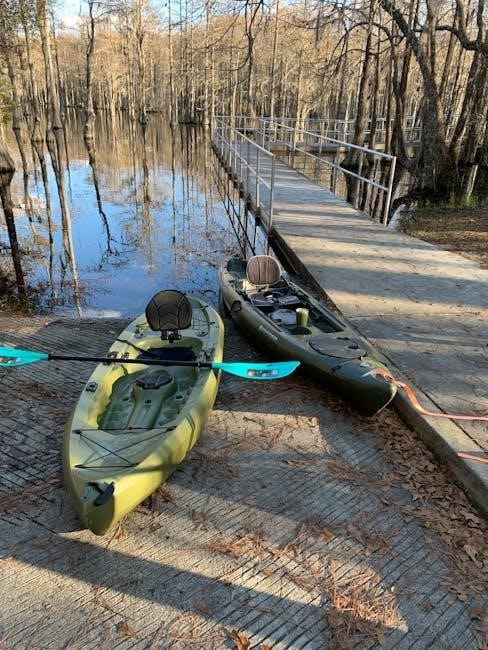
Wildlife and Scenic Beauty
Kayaking to Burgess Falls offers stunning views of untouched nature․ Spot turtles basking in the sun and herons gliding gracefully over the water, creating a serene atmosphere․
Spotting Turtles and Herons
Kayaking to Burgess Falls offers a chance to observe abundant wildlife․ Turtles are often seen basking in the sun on logs or rocks, while herons gracefully glide over the water․ These sightings add to the serene atmosphere of the paddle․ The flat, calm waters make it easier to spot these creatures in their natural habitat․ Keep your eyes peeled for herons wading in the shallows and turtles slipping quietly into the water as you approach․ The journey is as much about the wildlife as it is about the falls, creating a memorable experience․
Enjoying the Natural Landscape
Paddling to Burgess Falls immerses you in a stunning natural landscape․ The journey offers breathtaking views of lush forests, towering trees, and serene waterways․ The tranquil atmosphere allows you to connect with nature, surrounded by the sights and sounds of wildlife․ Along the way, the flat water reflects the beauty of the surroundings, creating a picturesque scene․ Burgess Falls itself is a cascading wonder, nestled within a rugged gorge․ The combination of scenic beauty and peaceful paddling makes the trip a memorable outdoor adventure, perfect for nature enthusiasts and photographers alike․
Best Time to Kayak to Burgess Falls
The best time to kayak to Burgess Falls is during spring and summer when water levels are optimal, offering smooth paddling conditions and warm weather․
Seasonal Factors and Water Conditions
Seasonal factors significantly impact kayaking to Burgess Falls․ Spring and early summer offer ideal water levels for smooth navigation, while summer months may lower water levels, making the paddle more challenging․ Fall provides cooler weather but reduced water flow․ Water conditions vary, with flat water in some areas and faster currents near the falls․ The 4-mile round-trip paddle typically takes 45 minutes to an hour when actively paddling․ Be prepared for changing conditions and plan according to your skill level and weather forecasts to ensure a safe and enjoyable trip․
Weather Considerations for a Safe Trip
Weather plays a crucial role in ensuring a safe kayaking trip to Burgess Falls․ Always check the forecast beforehand and avoid paddling during heavy rain, thunderstorms, or strong winds, as these can create dangerous conditions․ Sunny and calm weather is ideal for navigating flat water and enjoying the scenery․ Dress appropriately for the conditions, and bring sunscreen, a hat, and extra clothing in case of unexpected changes․ Be mindful of water levels, as heavy rain can increase currents, while drought conditions may reduce access to the falls․ Plan your trip during stable weather for a safer and more enjoyable experience․
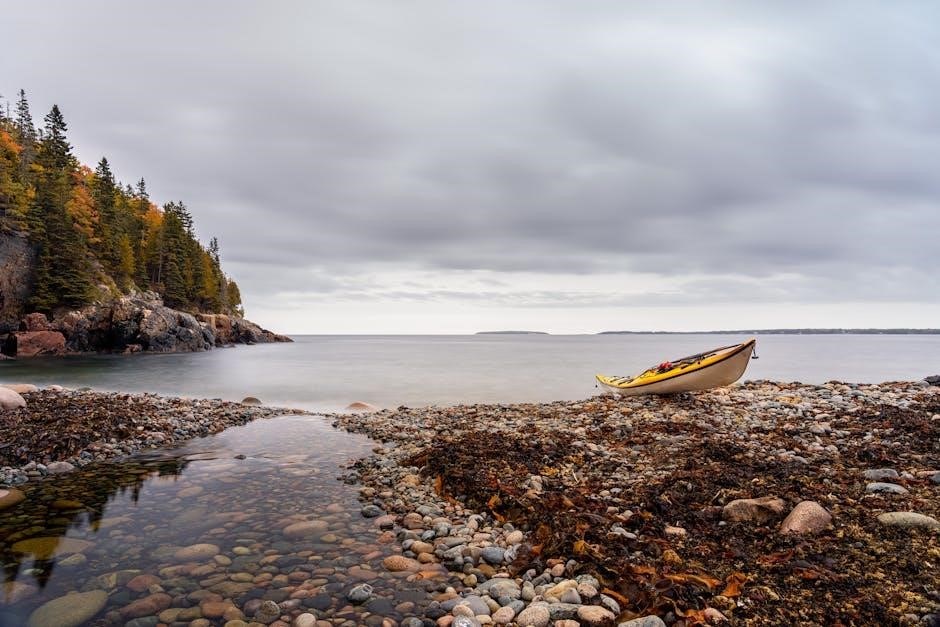
Regulations and Restrictions
Access to Burgess Falls’ base is restricted from the park; kayaks or boats are required․ Bring your own kayak or join a guided tour with proper permits․
No Access to the Base of the Falls from the Park
Visitors cannot reach the base of Burgess Falls directly from the park․ The only access is by boat or kayak, typically launching from designated areas like Cane Hollow Recreation․
Permits and Rules for Kayaking in the Area
Kayaking to Burgess Falls requires adherence to specific regulations․ While no special permits are needed for kayaking, visitors must follow park rules to protect the environment․ You can bring your own kayak or rent one from local services like Canoe the Caney․ However, be aware of restricted areas and respect wildlife habitats․ Proper waste disposal and minimizing disturbance to nature are essential․ Always check for updated guidelines before your trip to ensure compliance with local regulations and a safe, enjoyable experience․
Guided vs․ Self-Guided Tours
Guided tours offer expert knowledge and safety, while self-guided tours provide independence and flexibility․ Both options allow you to enjoy the beauty of Burgess Falls responsibly and safely․
Benefits of Guided Tours
Guided tours provide expert knowledge, ensuring a safe and enjoyable journey to Burgess Falls․ Guides offer insights into the best routes, water conditions, and wildlife, enhancing your experience․ They handle navigation, reducing risks associated with fast currents and unfamiliar terrain․ Additionally, guides often provide equipment and planning assistance, making the trip stress-free․ Their expertise allows you to focus on the scenic beauty and wildlife, such as turtles and herons, while ensuring a memorable adventure․ This option is ideal for those seeking a hassle-free, informative experience․
Pros of Exploring Independently
Exploring Burgess Falls independently offers the freedom to personalize your adventure․ You can paddle at your own pace, enjoying the scenic beauty and wildlife without time constraints․ Using a lake map and GPS ensures navigation remains manageable․ This approach allows for a deeper connection with nature and a sense of accomplishment from overcoming challenges․ It’s ideal for experienced kayakers seeking solitude or those who prefer flexibility in their itinerary․ Proper planning and preparation are essential, but the rewarding experience makes it worthwhile for adventurous souls․
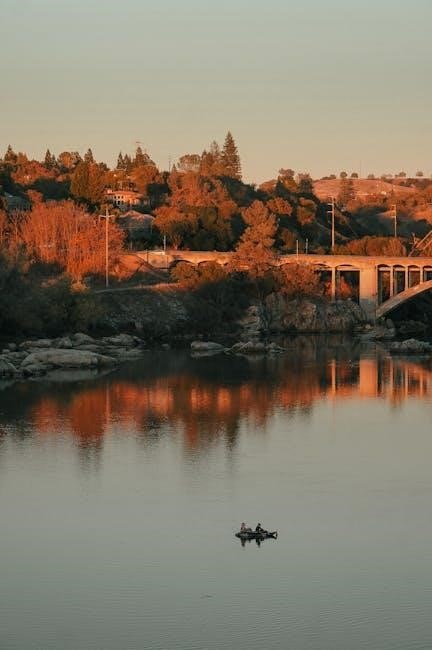
The Kayaking Experience
Kayaking to Burgess Falls offers an exhilarating experience, blending serene flat-water paddling with the thrill of reaching a stunning natural wonder, creating unforgettable memories along the way․
Paddling on Flat Water
Kayaking to Burgess Falls involves paddling across the calm, flat waters of Center Hill Lake, offering a serene and peaceful experience․ The journey is approximately two miles each way, totaling four miles round trip․ Paddlers can enjoy a leisurely pace, taking about 45 minutes to an hour, depending on how much time is spent floating or taking in the scenery․ The flat water makes the trip accessible for beginners, though it can be tiring on a hot day․ The tranquil environment allows for spotting wildlife like turtles and herons, enhancing the overall adventure․
Reaching the Base of Burgess Falls
Reaching the base of Burgess Falls requires paddling approximately two miles each way on flat water․ The trip is about 4 miles round trip, taking roughly 45 minutes to an hour each way․ Upon arrival, the stunning waterfall creates a serene atmosphere, perfect for relaxation and photography․ Access to the base is only possible by water, as there is no land route from the park․ The journey offers scenic views and opportunities to spot wildlife like turtles and herons, making the effort worthwhile․ Plan for time to enjoy the falls and return safely․
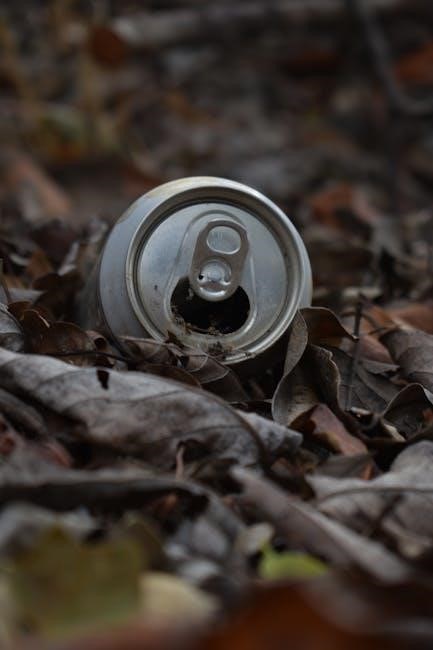
Nearby Attractions and Activities
Explore Fancher Creek for additional paddling opportunities and scenic views․ Combining the trip to Burgess Falls with other local adventures creates a well-rounded outdoor experience․
Exploring Fancher Creek
Fancher Creek offers a serene and picturesque paddling experience, perfect for extending your adventure after visiting Burgess Falls․ The creek’s calm waters and lush surroundings provide a peaceful escape, with opportunities to spot wildlife like turtles and herons․ Paddlers can enjoy the tranquil atmosphere while navigating through its winding path․ For those seeking a longer adventure, combining a trip to Burgess Falls with a paddle to Fancher Creek is an excellent way to explore more of the region’s natural beauty․ Bring supplies and plan for a leisurely journey to fully appreciate the area’s charm․
Combining Burgess Falls with Other Adventures
Kayaking to Burgess Falls can be seamlessly combined with other adventures in the area․ After exploring the falls, paddlers can drive to nearby Fancher Creek for an additional kayaking experience․ This option offers a longer, more varied adventure, allowing you to enjoy diverse scenery and wildlife․ For the more ambitious, combining Burgess Falls with other regional activities, such as hiking or exploring nearby lakes, creates a well-rounded outdoor experience․ Planning for these extensions ensures a memorable and fulfilling trip, making the most of your time in the beautiful surroundings․
Kayaking to Burgess Falls without a guide is a rewarding adventure that combines stunning natural beauty with personal challenge․ Plan carefully, stay safe, and enjoy the journey!
Final Thoughts on Kayaking to Burgess Falls
Kayaking to Burgess Falls without a guide offers a thrilling adventure, blending stunning natural beauty with personal accomplishment․ The journey requires careful planning, skill, and attention to safety, but the rewards are immense․ Paddling through serene waters, spotting wildlife like turtles and herons, and reaching the breathtaking falls creates unforgettable memories․ While challenges like fast water exist, the experience is deeply rewarding for those who prepare․ Embrace the adventure, respect nature, and enjoy the unique opportunity to connect with this incredible landscape․
Encouragement to Plan and Enjoy the Trip
Embark on this adventure with confidence and enthusiasm! Planning is key to a safe and enjoyable journey to Burgess Falls․ Use a lake map and GPS to navigate effortlessly, ensuring a smooth trip․ Bring your kayak or rent one from reliable services like Canoe the Caney․ The scenic paddle offers breathtaking views and wildlife sightings, making every stroke worthwhile․ Reaching the falls will leave you in awe of nature’s beauty․ Plan meticulously, stay cautious, and embrace the thrill of this unforgettable experience on the water․
